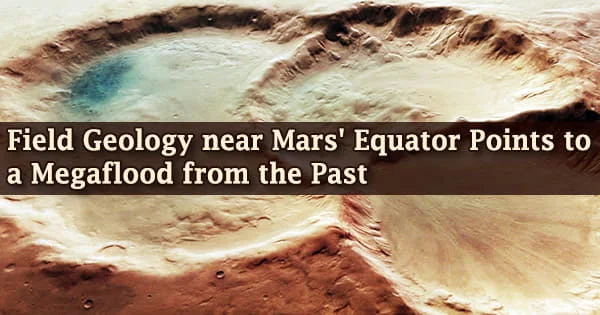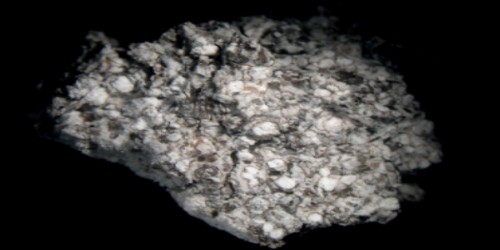According to data collected by NASA’s Curiosity rover and analyzed in a joint project by scientists from Jackson State University, Cornell University, the Jet Propulsion Laboratory, and the University of Hawaii, floods of unimaginable magnitude once swept through Gale Crater on Mars’ equator around 4 billion years ago, a finding that hints at the possibility that life may have existed there.
The study was published in Scientific Reports on 5th November 2020 and is titled “Deposits from Giant Floods in Gale Crater and Their Implications for the Climate of Early Mars.”
The roaring megaflood was likely triggered by the heat of a meteoritic impact, which released ice held on the Martian surface and created massive ripples that scientists on Earth are familiar with.
“We identified megafloods for the first time using detailed sedimentological data observed by the rover Curiosity,” said co-author Alberto G. Fairén, a visiting astrobiologist in the College of Arts and Sciences. “Deposits left behind by megafloods had not been previously identified with orbiter data.”
On Mars, geological features such as the action of water and wind have remained frozen in time for nearly 4 billion years, just as they have done on Earth. These characteristics represent previous processes that shaped the surface of both worlds.
According to senior author Ezat Heydari, a professor of physics at Jackson State University, gigantic wave-shaped features in the sedimentary layers of Gale crater are commonly called “megaripples” or antidunes that are roughly 30-feet high and spaced about 450 feet apart.
We identified megafloods for the first time using detailed sedimentological data observed by the rover Curiosity. Deposits left behind by megafloods had not been previously identified with orbiter data.
Alberto G. Fairén
The antidunes are similar to characteristics generated by melting ice on Earth around 2 million years ago and are indicative of flowing megafloods at the bottom of Mars’ Gale Crater about 4 billion years ago, according to Heydari.
The melting of ice from heat created by a big impact, which released carbon dioxide and methane from the planet’s frozen reservoirs, was the most likely cause of the Mars deluge.
The combination of water vapor and gas release resulted in a brief time of warm and rainy weather on Mars. Condensation resulted in the formation of water vapor clouds, which in turn resulted in widespread torrential rain.
That water reached Gale Crater, where it interacted with water flowing down from Mount Sharp (also in Gale Crater) to create massive flash floods that deposited the Hummocky Plains Unit’s gravel ridges and the Striated Unit’s ridge-and-trough band formations.
The science team behind the Curiosity rover has already discovered that Gale Crater previously contained permanent lakes and streams. These long-lived reservoirs of water offer strong evidence that the crater, as well as Mount Sharp within it, may have supported microbial life.
“Early Mars was an extremely active planet from a geological point of view,” Fairén said. The planet had the conditions needed to support the presence of liquid water on the surface and on Earth, where there’s water, there’s life.
“So early Mars was a habitable planet,” he said. “Was it inhabited? That’s a question that the next rover Perseverance…will help to answer.”
Perseverance, which took off from Cape Canaveral on July 30, is set to land on Mars on February 18, 2021.
Fairén and Heydari are joined on the study by NASA’s Jet Propulsion Laboratory’s Jeffrey F. Schroeder, Fred J. Calef, Jason Van Beek, and Timothy J. Parker, as well as University of Hawaii’s Scott K. Rowland.
NASA, Malin Space Science Systems, the Jet Propulsion Laboratory, and the European Research Council provided data and money.
















